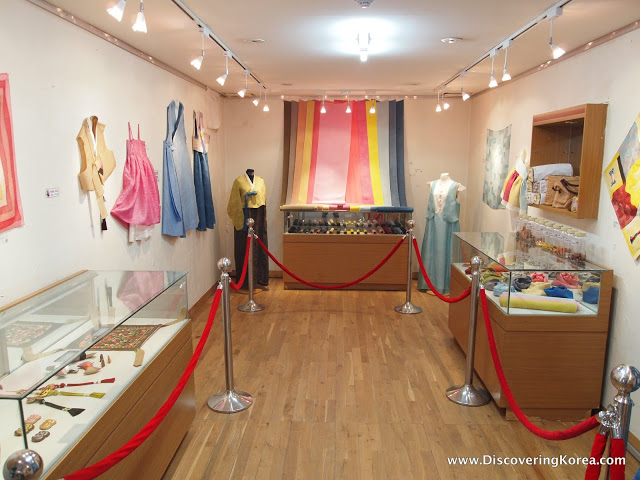The Unhyeongung Royal Villa in Seoul(운현궁) is an excellent example of traditional Korean architecture. In Korean, the word “gung” means palace, and is found in the names of Gyeongbokgung (경복궁) and Seoul’s four other major palaces.

Technically, the Unhyeongung Royal Villa in Seoul was more royal residence than palace. As such, it doesn’t bear the colorful painting of true palaces and Buddhist temples. Nevertheless, these days it bears the royal name “gung.”
Built in 1864 during the first year of King Gojong’s reign, the young king took the throne at just age 12 when the former king died without an heir.
Given his youth, for about ten years the affairs of state were carried out by his father, the prince regent Heungseon Daewongun (흥선대원군).

At its height, the size of Unhyeongung Royal Villa in Seoul rivaled that of a palace, although much of the royal residence was demolished during the Japanese colonial era.
After liberation it was returned to the deposed royal family, but much of it was subsequently sold. In 1993, what remained was acquired by the Seoul government, which paid for its renovation.
Today, the Unhyeongung Royal Villa in Seoul complex includes four significant structures and two small exhibition halls.
Inside the main gate is a large packed earth plaza. To the left is an Artifact Exhibition Hall and to the right is Sujiksa (수직사), once the home of servants and guards.

An adjacent wall is decorated with red, white and gray clay bricks and tiles placed in traditional patterns and geometric designs. It’s these artistic touches and the site’s landscaping that make it an especially charming spot in the heart of the city.
Beyond the plaza, three gates delve further into the Unhyeongung Royal Villa in Seoul complex. Inside, Irodang (이로당) is one of two structures that were designated for women.
Norakdang (노락당) is the residence’s largest structure, and consists of 13 rooms. The architecture is celebrated for the way the wood is framed between the roof and pillar and its well-preserved lattice patterns. If you look closely, the purlin beams depict dragons, which represent the king.

And finally, Noandang (노안당) was constructed as a traditional tile-roof sarangchae or men’s quarters. This was where the regent prince spent his time governing the troubled nation, and where he died at age 79.
The building is said to feature the only extant traditional awning that was used to shade the interior from the hot summer sun.
Walking the grounds, you’ll notice that several rooms are furnished with decoration of the era, while others feature mannequins in period dress.

One display shows the Bongsasik Ceremony, which designated Gojong the 26th king of the Joseon Dynasty after King Cheoljong left no heir.
In addition to enjoying the peaceful grounds, Unhyeongung’s Project Hall displays rotating exhibits. On my recent visit, there were beautiful examples of traditionally-dyed Korean fabric.
Also, each year the 1866 royal wedding ceremony of King Gojong and Queen Min is reenacted on the grounds, free of charge. The 2-hour ceremony is said to faithfully display the important event.

Finally, located behind Unhyeongung Royal Villa in Seoul is a conspicuous French Renaissance-style building constructed by the Japanese for a grandson of the Daewongun.
Today the Yanggwan (양관) or “Western-style Hall,” is owned by Duksung Women’s University, and is one of Seoul’s finest pieces of colonial architecture.
Although it’s no longer accessible via Unhyeongung, it’s open to the public on weekdays. If there’s time, cross the street to visit the lovely Cheondogyo Central Temple (천도교 중앙대교당).
For Your Information…
| Open: | 09:00-18:00 (Nov-Mar), 09:00-19:00 (Apr-Oct), Closed Mondays, Yanggwan Closed Sundays |
| Admission Price: | ₩700 (Free from 12:00-13:00) |
| Address: | Seoul Jongno-gu Unni-dong 114-10 |
| Directions: | Anguk Station (#328) on Line 3, Exit 4 |
| Phone: | 02-766-9090 |
| Website: | Official Site |
About Matt Kelley
Matt Kelly is native of the US Pacific Northwest and is half-Korean by ethnicity. He lived in Korea for five years and has written hundreds of travel guides for Wallpaper, TimeOut, the Boston Globe and Seoul Magazine and was a host for several different variety shows on Korean radio and television.
